Snake sandwiches! Bird hypnosis! What on earth was going on up at the Bronx Zoo?
On January 14, 1903, the New York Times reported on some fascinating revelations the previous night at the ninth annual meeting of the New York Zoological Society. During the event at the city's plush Waldorf-Astoria hotel, a series of illustrious people (all men of course) were elected to the board of directors were Levi P. Morton, once a Vice President of the United States, millionaire philanthropist Andrew Carnegie, and Morris K. Jesup, an American banker and philanthropist and president of the American Museum of Natural History in New York.
On January 14, 1903, the New York Times reported on some fascinating revelations the previous night at the ninth annual meeting of the New York Zoological Society. During the event at the city's plush Waldorf-Astoria hotel, a series of illustrious people (all men of course) were elected to the board of directors were Levi P. Morton, once a Vice President of the United States, millionaire philanthropist Andrew Carnegie, and Morris K. Jesup, an American banker and philanthropist and president of the American Museum of Natural History in New York.
Next, the Society's vice president Henry Fairchild Osborn told his audience that during 1902, no fewer than 700,000 people visited the New York Zoological Park (today known as the Bronx Zoo) to gaze upon 503 'animals' (he meant mammals) representing 141 species, 890 birds representing 193 species and 772 reptiles, representing 114 species.
Of course, none other than Raymond Ditmars was responsible for this remarkable collection of snakes, crocodiles, lizards and turtles. At the meeting Ditmars revealed 1902's extraordinary bill of fare for the zoo's reptiles: quantities of fruit, 2,500 live fish, 1,775 rats and an equal number of mice, 272 rabbits, 1,456 English sparrows, and 208 pigeons.
The king cobra - a cannibal - was accustomed to consume two blacksnakes at a meal - the serpents were caught on the zoo's grounds - but for the last seven months the number of snakes fed to it had been diminished by stuffing a black snake with frogs. The cobra, though, reported Ditmars, was not fond of frogs but could be induced to accepting them in a "snake sandwich".
Finally, William Beebe, curator of birds related his experience in mesmerizing birds. He claims to have "forced an idea into a bird’s consciousness while it was under the mesmeric influence." In the hypnotizing of birds he had been less successful, however, than with true mesmerism.
Read more extraordinary tales from the remarkable career of Raymond Ditmars in Bushmaster: Raymond Ditmars and the Hunt for the World's Largest Viper



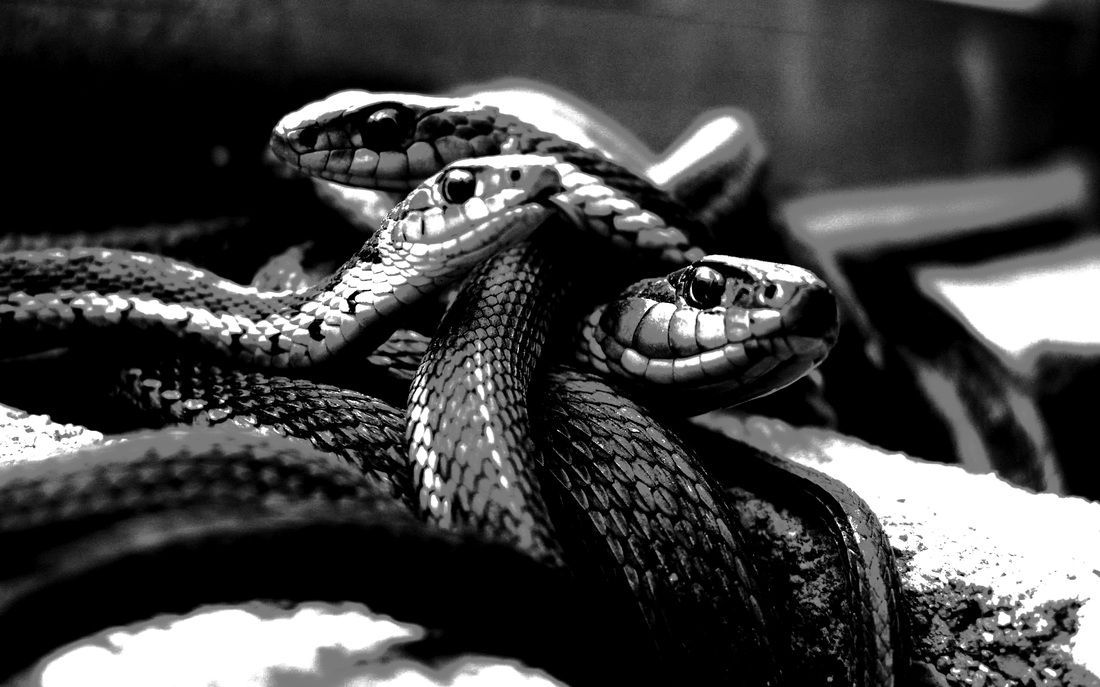


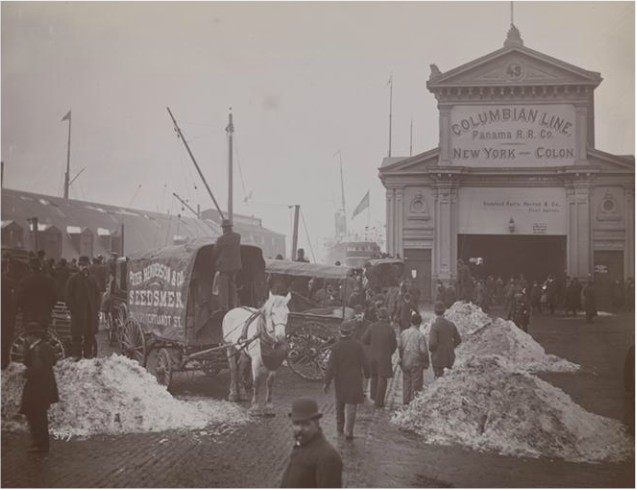

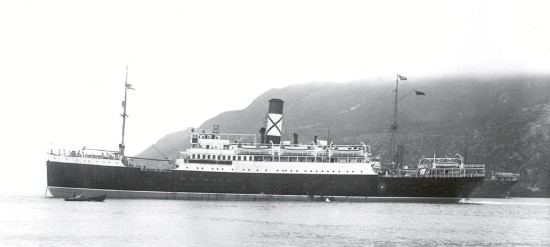
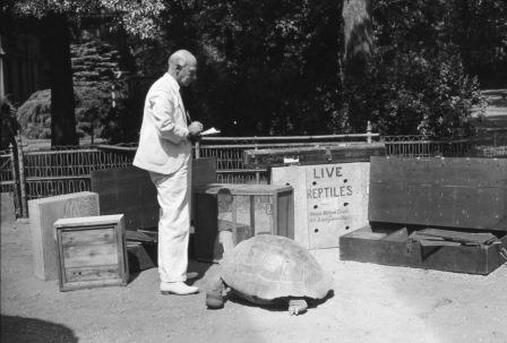



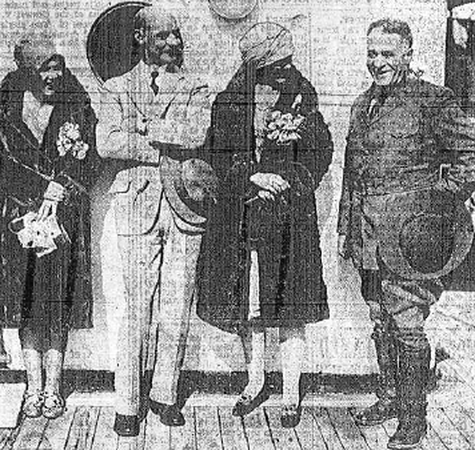



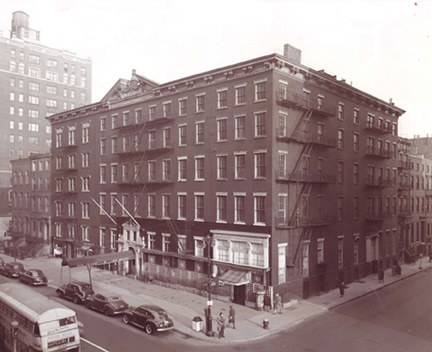





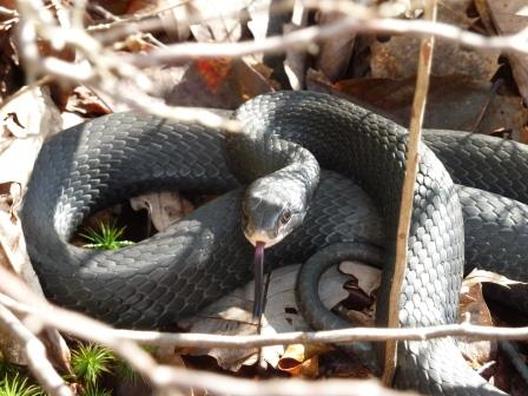

 RSS Feed
RSS Feed